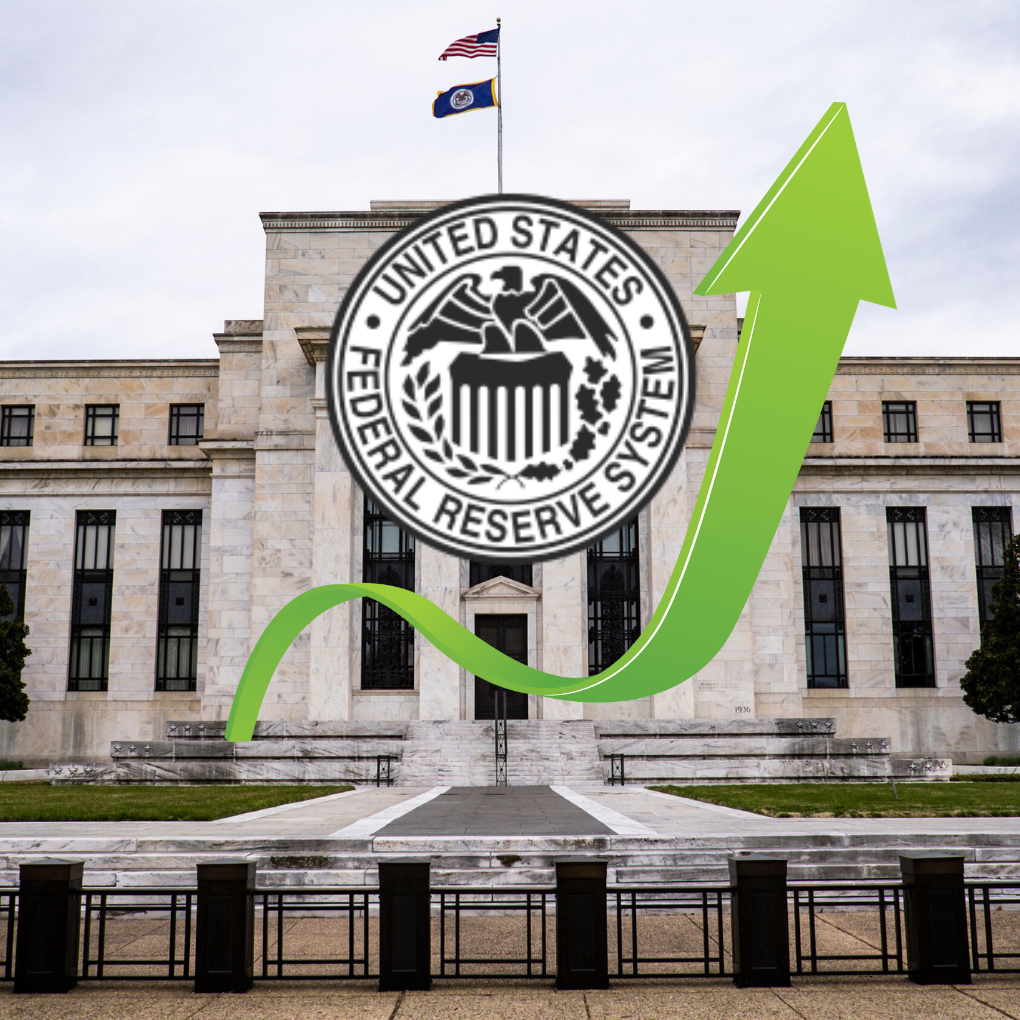Fed to Announce Another Significant Rate Increase as Indications of an Economic Downturn Increase!
The focus will shift to how profoundly indicators of an economic slowdown have resonated with the Federal Reserve’s officials as it is anticipated that they will increase their benchmark interest rate by three-quarters of a percentage point on Wednesday 27th July to combat excessive inflation.
The predicted rise in the federal funds rate, the Fed’s main instrument for attempting to pull inflation down from a four-decade high, will bring the U.S. central bank to a kind of turning point when it approaches a level of about 2.4% that is thought to no longer stimulate economic growth.
Just over four months ago, the policy rate was close to zero, and the Fed was purchasing monthly bonds worth billions of dollars (printing money!) to aid in the recovery of the economy from the COVID-19 outbreak. This will be one of the fastest-ever shifts in the gears of U.S. monetary policy.
Although there hasn’t been much progress in the fight against inflation so far, signs of economic stress are growing, raising the stakes for Fed officials as they decide how much tighter monetary policy is necessary to prevent further price increases from occurring while balancing the possibility that doing so would lead to a recession.
Even before this week’s two-day policy meeting, investors believed the inflation problem was so serious that there was a one-in-four chance the Fed would shock the markets by raising its benchmark overnight interest rate by a larger percentage point, similar to the hikes used by then-Fed Chair Paul Volcker in the early 1980s.
The question now is whether the Fed is at risk of going overboard as the adverse effects of its actions on the economy become more tangible.
The U.S. Commerce Department is anticipated to announce on Thursday that the second quarter’s GDP growth was sluggish. New employment statistics that are slated for release the following week will demonstrate if the strong job creation that is now viewed as a key strength of the American economy continued in July. A fundamental benchmark for being in an economic recession is 2 consecutive quarters where GDP shrinks. Biden is rewriting this benchmark before tomorrow’s U.S. GDP figures are released.
Policymakers will have two months’ worth of fresh data on pricing, consumer spending, corporate production, jobs, and other components of the economy in hand by the time of the Fed’s meeting on September 20-21.
It could be possible for the Fed to start slowing down if inflation slows down before that meeting.
Investors are now divided on whether or not that will happen, with the evidence continuing to point in both directions.
America’s economy “is likely to have contracted in the first half of the year, but job growth remains robust. Inflation is leading to record-low consumer sentiment, but consumers are still spending,” Greg Daco, chief economist at EY-Parthenon, noted this week and said that businesses are in the same boat. The United States right now is “a world of paradox.”
It is possible for the Fed to start slowing down and even lowering interest rates IF inflation slows down before that meeting.
Investors are now divided on whether or not that will happen, with the evidence continuing to point in both directions.
The market sentiment for the main technology and data titans of Alphabet, Microsoft and Meta is that they are weathering these economic storms.
Let’s remember that the sun shines brightly after the storm!
online sources: finance.yahoo.com, reuters.com All opinions and views expressed or suggested by the Digital Zeitgeist are not necessarily the same opinions and views held by or suggested by GPM-Invest plus any and all partners, affiliates, parties, or third parties of GPM-Invest. Any type of media distributed by GPM-Invest IS NOT financial advice. Please seek advice from a professional financial advisor

